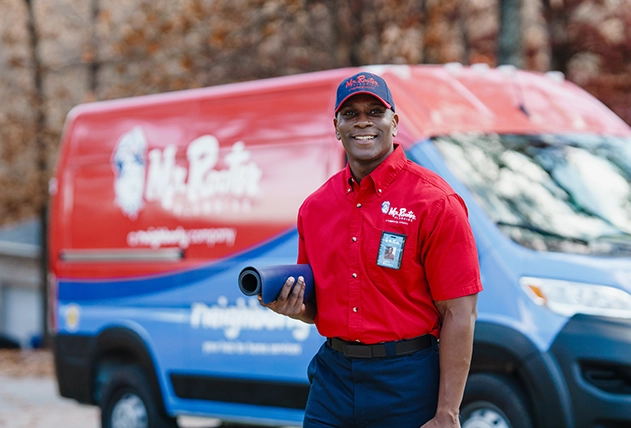Water is a critical and precious resource. All the water that will ever exist on Earth is already here. Each drop of water has flowed through a long cycle of evaporation, condensation, precipitation, and collection, over and over, for millennia. While the water cycle naturally cleans and filters the water, humans have added processing steps to municipal water systems to make sure the water supply is safe for consumption.
How Does the Water Cycle Work?
Explore our interactive water cycle diagram to learn more about each phase of the water cycle.
Evaporation
Water enters the atmosphere as water vapor.
Did You Know?
Because oceans cover more than 70% of the planet, they're the primary source of water vapor in the atmosphere.
Condensation
Water vapor condenses in the atmosphere to produce clouds, fog, and rain.
Did You Know?
Fog is simply a low cloud.
Precipitation
One tiny droplet of water will usually spend nine days in the evaporation-condensation process before it lands on Earth as a raindrop.
Did You Know?
A large thunderhead cloud can hold two billion pounds of water.
Collection
Precipitation that falls on land flows into watershed systems.
Did You Know?
Fresh water accounts for just 3% of Earth's total water supply.
Processing
Water is pumped out of watersheds to treatment facilities, where it's made safe to drink through filtration and other treatment processes.
Did You Know?
There are 78 major watersheds in the continental United States.
Storage
Processed water is stored until it's needed.
Did You Know?
The average water tower can hold 150,000 gallons of water.
Delivery
Water is pushed by pumps through underground pipes to each home's internal plumbing system.
Did You Know?
On average, America's sewer and water pipes are about 45 years old.
Use
Water is used in the home for cooking, cleaning, bathing, and more.
Did You Know?
The average bathtub holds about 100 gallons of water.
Treatment
After the water is used, it flows down the drain and into sewer pipes, and eventually enters a wastewater treatment facility.
Did You Know?
The wastewater treatment process includes filtration, biological treatment, and chlorination.
Return
Decontaminated wastewater can be stored for several weeks before it's returned to a local body of water, where it will evaporate and start the water cycle again.
Did You Know?
Many of the substances that can clog or damage your plumbing pipes can also cause harm to your local water supplies. Cleaning products, paint, and grease are just a few examples.
What Is Water Conservation?
Water conservation is about so much more than just reducing your water bill. It's about responsibly maintaining and protecting Earth's most precious resource. Water and sewage leaks, irrigation runoff, and improper waste disposal all contribute to the degradation of an area's water supply. The best thing you can do to protect your water supply is to make sure your home's plumbing system is working correctly.
